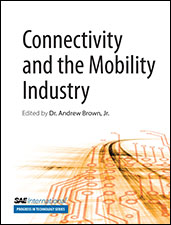Technical Paper
A New Technique for Residual Gas Estimation and Modeling in Engines
2008-04-14
2008-01-0093
This paper addresses the longstanding problems of residual gas measurement during engine dynamometer testing, and of real-time residual modeling for engine control applications. A new method is described which is simple to apply, requiring only currently standard calibration test cell instrumentation. Experimental validation against measurements using direct in-cylinder CO2 sampling is presented, and a comprehensive error sensitivity analysis is included. A real-time capable, controls-oriented model is also described. Its accuracy is assessed by comparison to engine-simulation-generated residual values after using these values to determine the model parameters.


